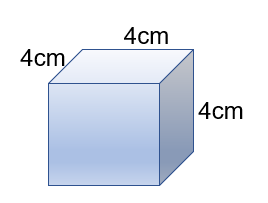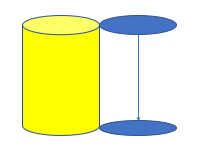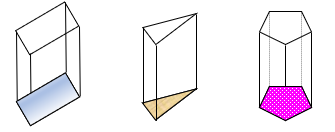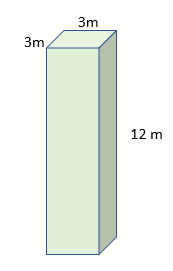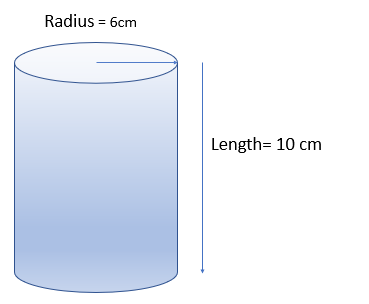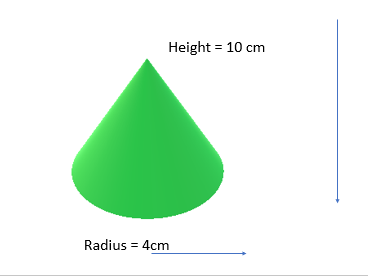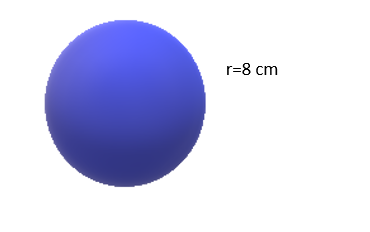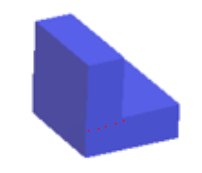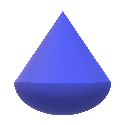Volume
Volume of cuboids
To find the volume of a cube find the length of one side and multiply it by itself 3 times. Eg.:
The volume of this prism is 4cm x 4cm x 4cm = 64 cm3
Volume of prisms
A prism is a 3D shape that’s cross section is the same throughout. Eg:
The circle is the cross section of a cylinder.
The ‘L’ shape is the cross section of this prism.
In the triangular prism the cross-section is a triangle.
In the pentagonal prism the pentagon is the cross-section.
Therefore to find the volume of a prism:
- Step 1: Find the area of the cross-section
- Step 2: Multiply it by the length
Eg. The area of the triangle = 20 cm2
The length is 7 cm
Therefore the volume of the prism = 20cm2 x 7cm =140cm3
Eg. The cross-section is a square.
The area of the square = 3m x 3m =9m2
The length =12m
Therefore the volume = 3m x 3m x 12m = 108 m3
Remember you may also be asked these questions backwards:
Eg. The volume of this prism is 50m3 and the area of the cross section is 50 cm what is the length?
Remember: 1 m = 100 cm
Volume of a prism = Area of cross-section x length
50m3 = 0.5m x length = 100m
Volume of cylinders
To work out the volume of a cylinder, simply work out the area of the cross-section, in this case the circle and multiply it by the length.
Eg. Area of the circle =π x radius x radius = 36π
Volume = 36π x 10 = 360π or 1,130.97 cm3
Volume of cones
To find the volume of a cone use the formula:
For example this cone’s volume = π x 4 x 4 x 10/3 = 167.55 cm^3
Volume of spheres
The formula required to work out the volume of a sphere is:
Volume of the sphere =4/3 x π x 8^3 = 2144.66 cm^3
Volume of compound shapes
In order to work out the volume of compound shapes you need to break down a 3D object into different shapes.
For example if you have an L shaped prism such, you would need to split the cross-section into two rectangles, work out their area and then multiply by the length.
The red dotted line is where you could break up your shape.
You may also come across compound shapes that are combinations of spherical shapes, so be prepared to rearrange your formula, half, quarter or divided it by whatever is appropriate.
For example, you might be asked to find the volume of a shape like this:
The radius of the sphere is 10 cm and the height of the cone is 15 cm.
To find the volume of this shape we can divide it into a cone and a semi-sphere.
Therefore, volume of cone:
= π x 102 x 15/3
= π x 100 x 5
= 500π
Half the volume of the sphere =(4/3 x π x 103)/2
= 4000/3 π / 2
= 2000/3 π
Now just to add the two answers together:
2000/3 π + 500 π = 3664.19 cm3
